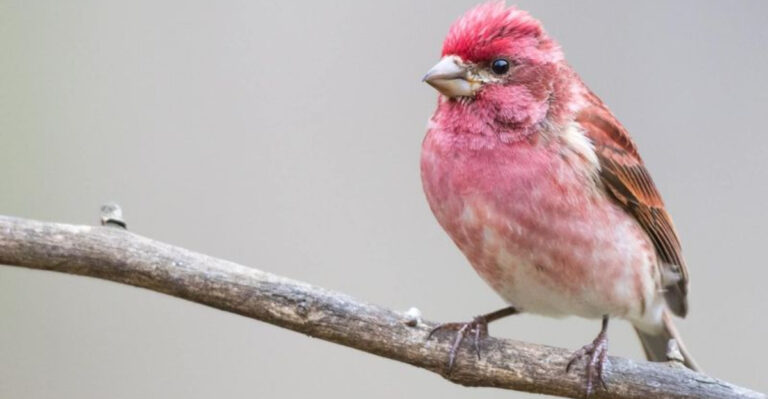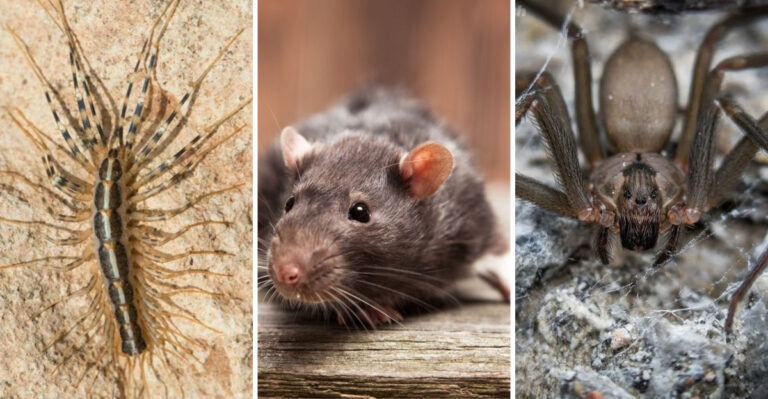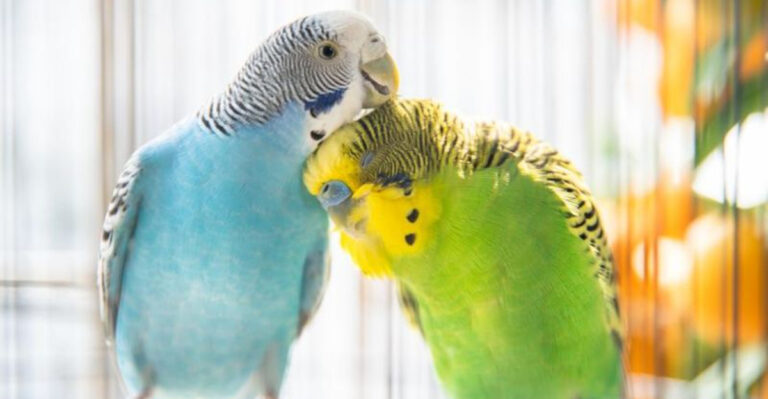Cat Paws: 10 Tips About Anatomy, Care And Protection
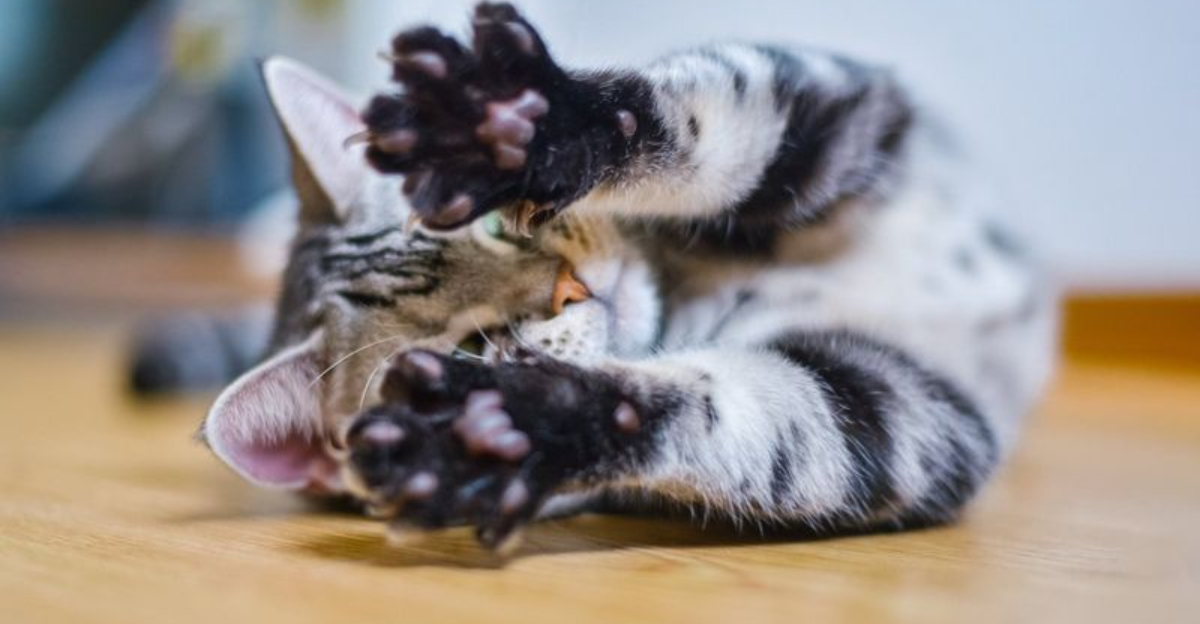
Cat paws are more than just adorable; they’re intricate, multifunctional tools that deserve our attention and care.
Understanding their anatomy, maintaining their health, and protecting them are essential aspects of being a responsible cat owner.
Today, we’ll delve into some engaging tips that will not only keep your feline friend’s paws in top shape but also offer you insights into their fascinating world.
1. Understanding The Basic Anatomy
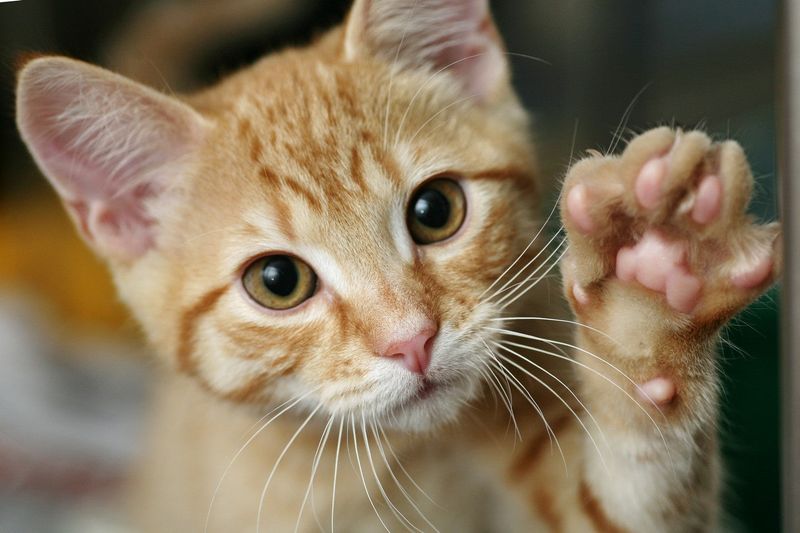
Cat paws might look like fluffy mittens, but they’re intricate masterpieces of nature. Each paw is equipped with soft pads that act like shock absorbers, helping cats land gracefully from high jumps.
These pads are also sensitive to touch and temperature, aiding in navigation and hunting. Furthermore, the claws on a cat’s paw are retractable, allowing them to be tucked away when not needed. This retractable feature minimizes wear and tear, keeping them sharp for climbing and defense.
Understanding this anatomy helps cat owners appreciate the complexity and functionality of their feline friend’s paws. Moreover, the paws are covered with fur that not only keeps them warm but also helps in silent stalking.
This aspect is particularly crucial for outdoor cats, who rely on stealth to catch prey. By understanding these details, pet owners can better cater to the needs of their cats.
2. Keeping Those Claws Trimmed
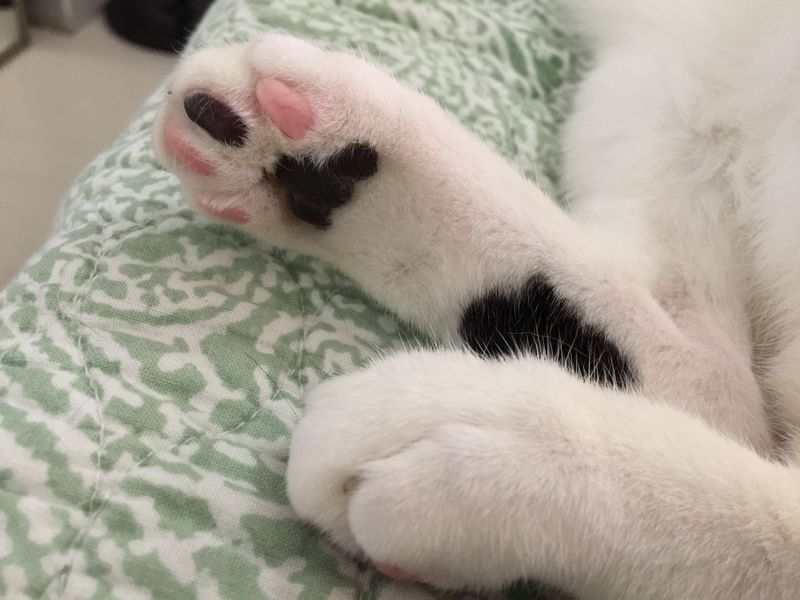
Regularly trimming your cat’s claws is akin to a manicure—it’s not just for looks, but for comfort and health. Overgrown claws can curl back and dig into the paw pad, causing pain or infection.
By keeping them trimmed, you prevent potential injuries and ensure that your cat can walk properly. An effective claw-trimming routine should start with getting your cat accustomed to paw handling.
This can be achieved by gently massaging their paws during cuddle times. Make sure to use a proper cat nail clipper and trim only the tip to avoid touching the quick, which can be painful for the cat.
Incorporating treats and praises during the process can turn trimming into a positive experience. If you’re not comfortable doing it yourself, consider visiting a professional groomer or vet. Regular maintenance is key to healthy paws and happy cats.
3. Paw Pad Care: Moisturizing And Cleaning
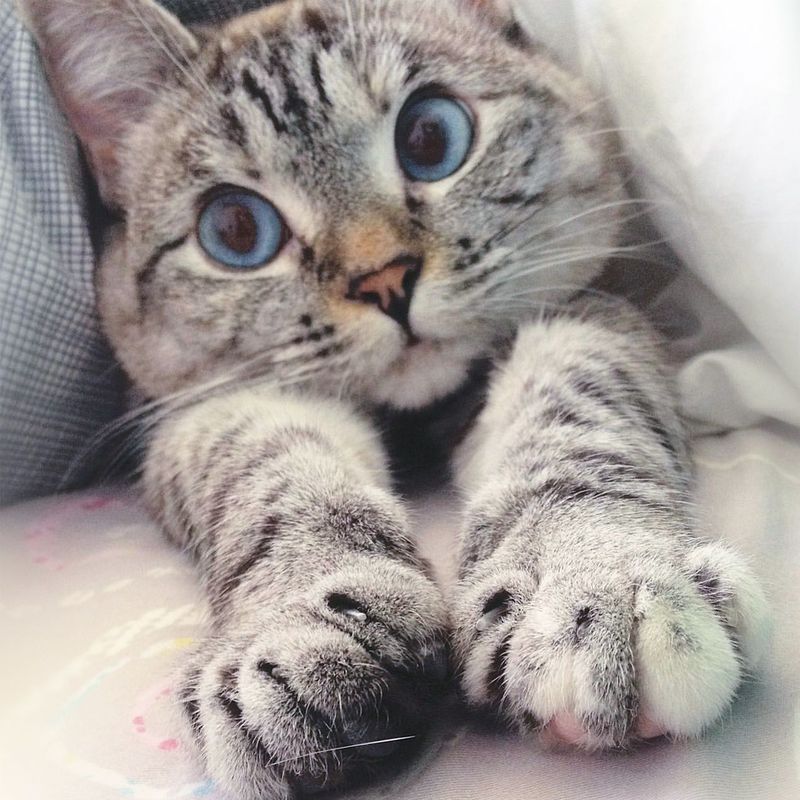
Paw pads are the unsung heroes of cat anatomy, taking on the impact of jumps and protecting sensitive tissues. However, they can become dry or cracked, especially in harsh weather.
Applying a cat-safe moisturizer or balm can keep those pads supple and healthy. It’s important to clean the paws regularly, especially after outdoor adventures.
This prevents dirt and small objects from causing irritation. Use a damp cloth to gently wipe each paw, ensuring to check between the toes for debris that might be stuck. Never use human lotions or creams, as these can be toxic to cats.
Opt for products specifically designed for feline use. By maintaining a regular cleaning and moisturizing routine, you can ensure your cat’s paws remain in top condition, ready for whatever adventures come their way.
4. Recognizing Signs Of Paw Problems
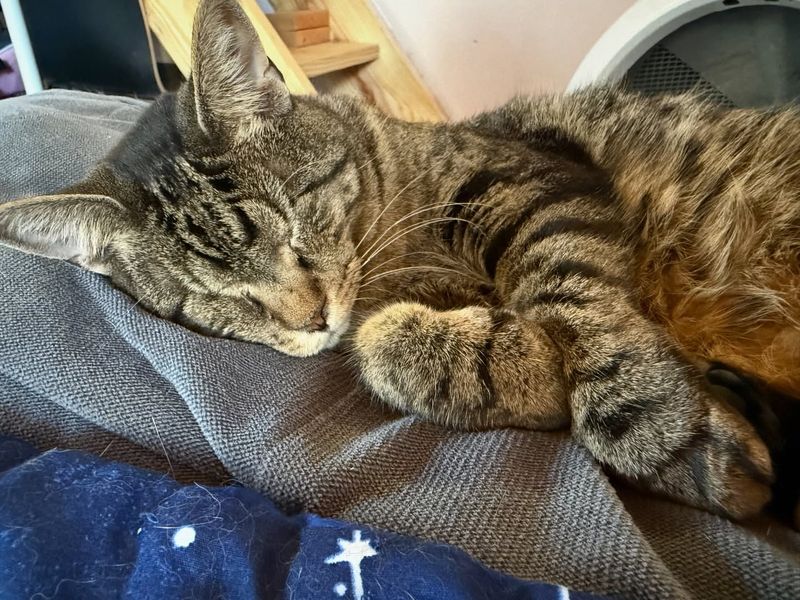
Just like any other part of the body, cat paws are susceptible to various issues. Being vigilant for signs of trouble is crucial. Redness, swelling, or limping might indicate an infection or injury. If your cat is excessively licking their paws, this could be a signal that something is wrong.
Taking prompt action can prevent minor issues from escalating into major problems. Regularly inspect your cat’s paws for cuts, swelling, or foreign objects. If any abnormalities are noticed, consulting a veterinarian is advisable.
Keeping your cat’s living environment clean and free of sharp objects can reduce the risk of paw injuries. Additionally, maintaining a close watch on their behavior helps in early detection of any health issues. A proactive approach ensures your cat’s paws stay healthy and functional.
5. The Role Of Scratching Posts
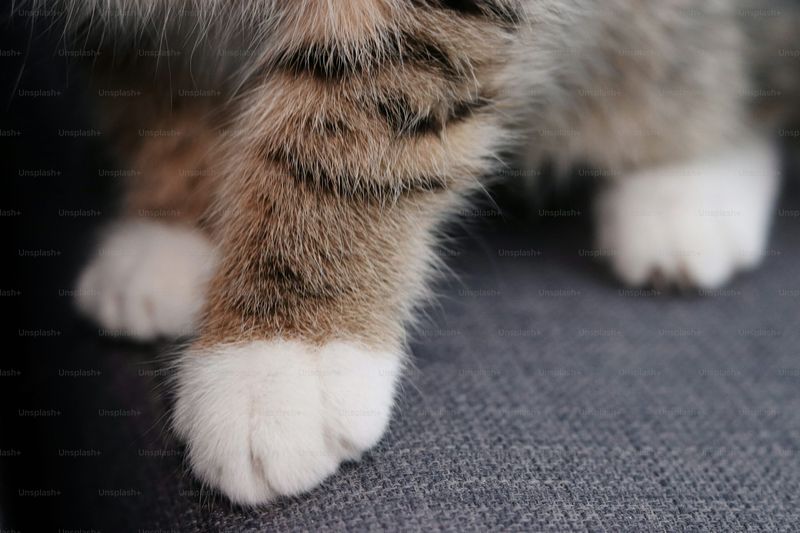
Scratching posts are more than just furniture—they’re a vital part of a cat’s well-being. Cats scratch to sharpen their claws, mark their territory, and stretch their bodies. Providing a variety of scratching posts can prevent your cat from targeting your furniture.
A good scratching post should be tall enough for your cat to stretch fully and sturdy enough not to tip over. Different textures, like sisal rope or carpet, cater to different preferences and keep your cat engaged.
Observing your cat’s scratching habits can help in selecting the right type of post. If space allows, multiple posts in different locations can provide ample opportunities for exercise and claw maintenance. It’s a simple yet effective way to keep your cat’s claws healthy and your furniture safe.
6. Winter And Summer Paw Protection
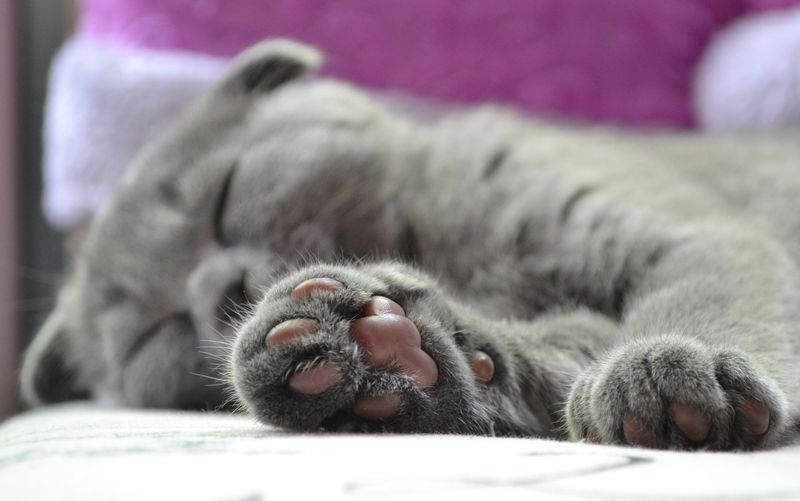
Extreme weather conditions call for extra paw protection. In winter, snow and ice can cause frostbite or dry out the paw pads. Consider using pet-safe ice melters on walkways and provide booties to protect your cat’s paws.
In the summer, hot pavement can burn the sensitive pads. Try walking your cat during cooler times of the day and check the temperature of the pavement with your hand before heading out. Keeping your cat indoors during extreme weather is always a safe option.
If they do venture outside, regular paw checks and appropriate gear will help protect against harsh conditions. Seasonal care is essential for keeping those paws in pristine condition.
7. Diet And Its Impact On Paw Health
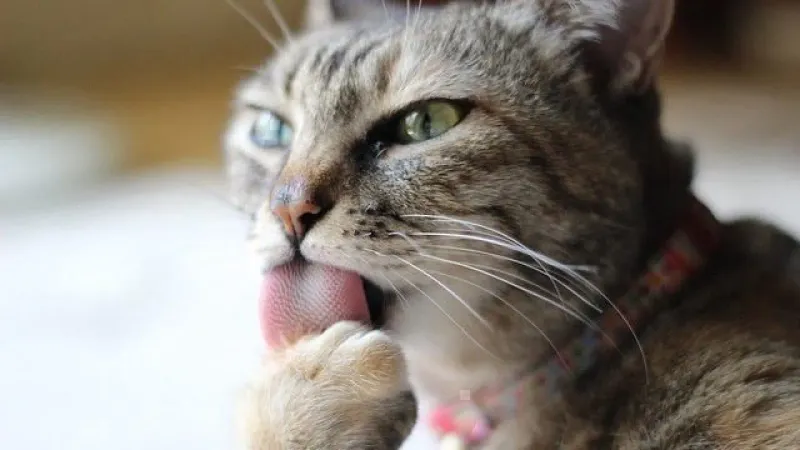
Believe it or not, diet plays a significant role in the health of your cat’s paws. Nutrient-rich food supports the overall health of their skin and coat, including the delicate skin on their paws.
Omega-3 fatty acids are particularly beneficial for maintaining healthy skin and pads. Ensure your cat gets a balanced diet with all the necessary vitamins and minerals.
Consulting with a veterinarian can help determine the best diet plan for your cat’s specific needs. Hydration is also crucial, as it prevents dryness and cracking of the pads.
Ensure your cat always has access to fresh water. A healthy diet not only contributes to a glossy coat but also to strong, resilient paws ready for play and exploration.
8. The Importance Of Regular Vet Visits
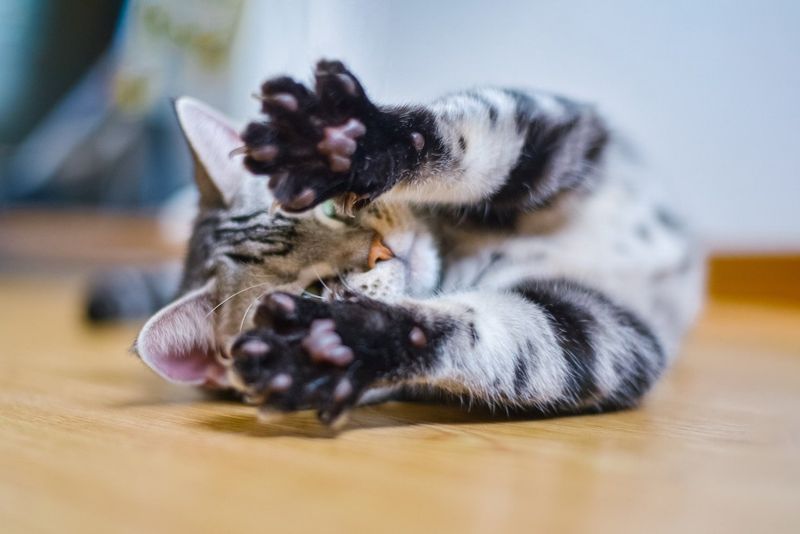
Routine vet visits are essential for ensuring your cat’s paws remain in peak condition. Veterinarians can spot potential issues that might go unnoticed by the untrained eye, such as infections, parasites, or abnormalities in growth.
Regular check-ups also provide an opportunity to discuss any concerns you might have regarding your cat’s paw health. Vets can offer valuable advice on preventative care and recommend suitable products for maintaining healthy paws.
Additionally, these visits help in maintaining a record of your cat’s health, making it easier to track any changes over time. By prioritizing regular veterinary care, you ensure your feline friend’s paws are well cared for and ready for any adventure.
9. The Connection Between Play And Paw Health
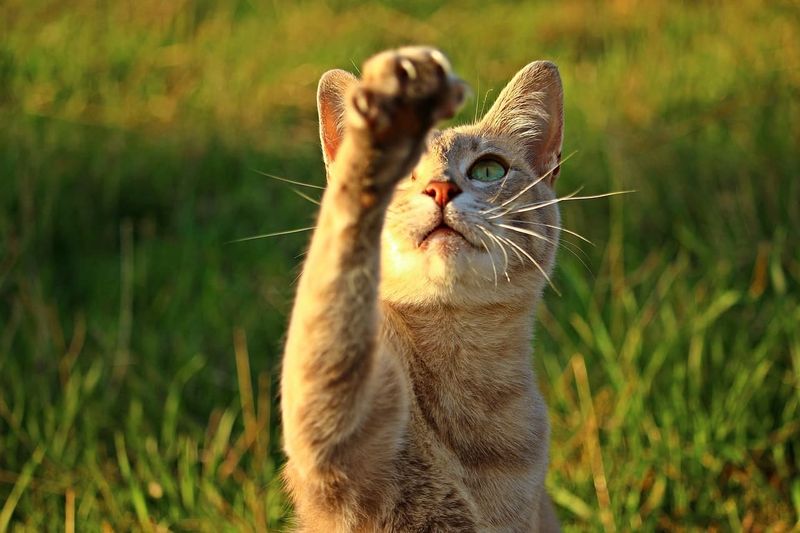
Playtime is not just fun; it’s a workout for your cat’s paws. Engaging in regular play sessions helps keep the muscles in the paws strong and agile. Toys that encourage batting, pouncing, and chasing provide excellent paw exercise.
Interactive toys, like feather wands or balls, stimulate natural instincts and offer mental and physical stimulation. Keeping your cat active ensures their paws remain flexible and their claws sharp and ready for action.
Making time for daily play enriches your cat’s life and strengthens your bond. It’s an entertaining way to ensure their paws are exercised and well-maintained, contributing to their overall health and happiness.
10. Understanding Paw Communication
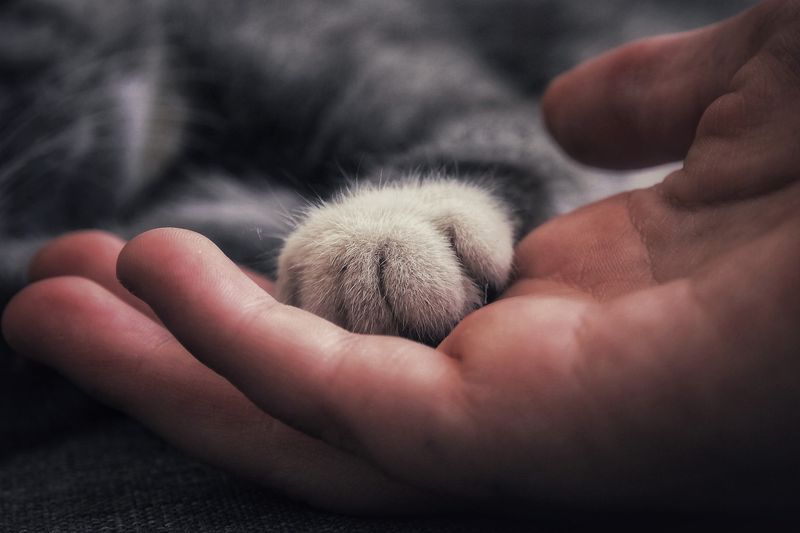
Paws are not only functional but also communicative tools for cats. They use their paws to express affection, trust, or even displeasure. When a cat gently places its paw on you, it’s often a sign of bonding and a request for attention.
Understanding this form of communication can enhance your relationship with your cat. By reciprocating with gentle petting or playing, you acknowledge their gesture, strengthening your connection.
Being attentive to how your cat uses its paws in different situations provides insights into their emotional state. It’s a fascinating aspect of feline behavior that adds depth to the human-cat relationship, making interactions more meaningful.

